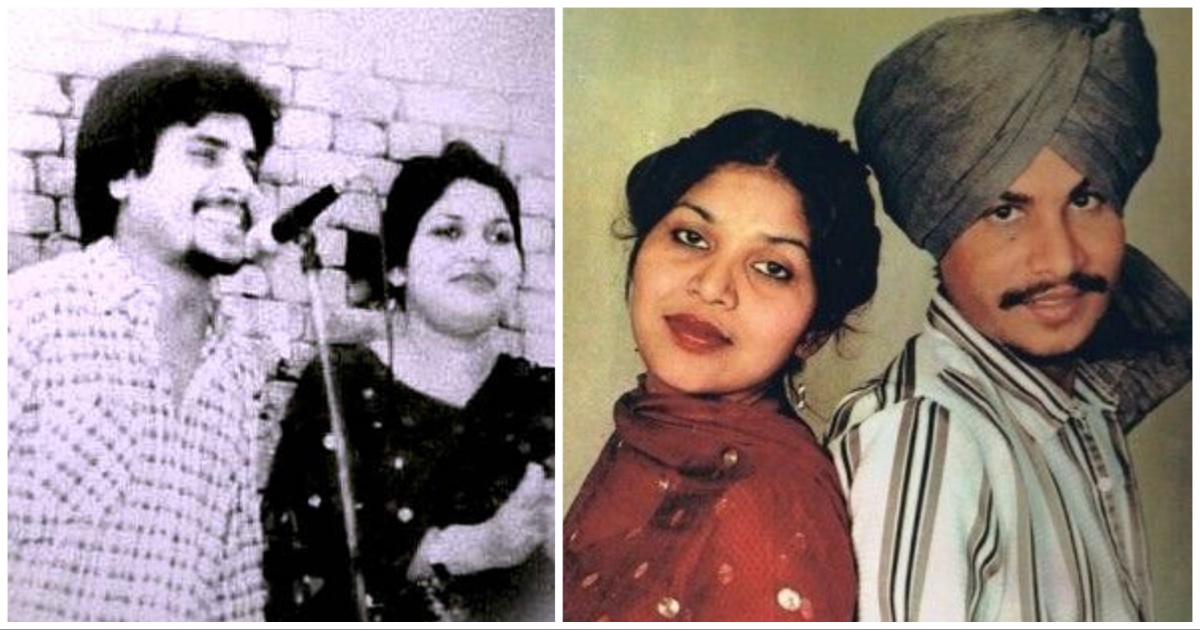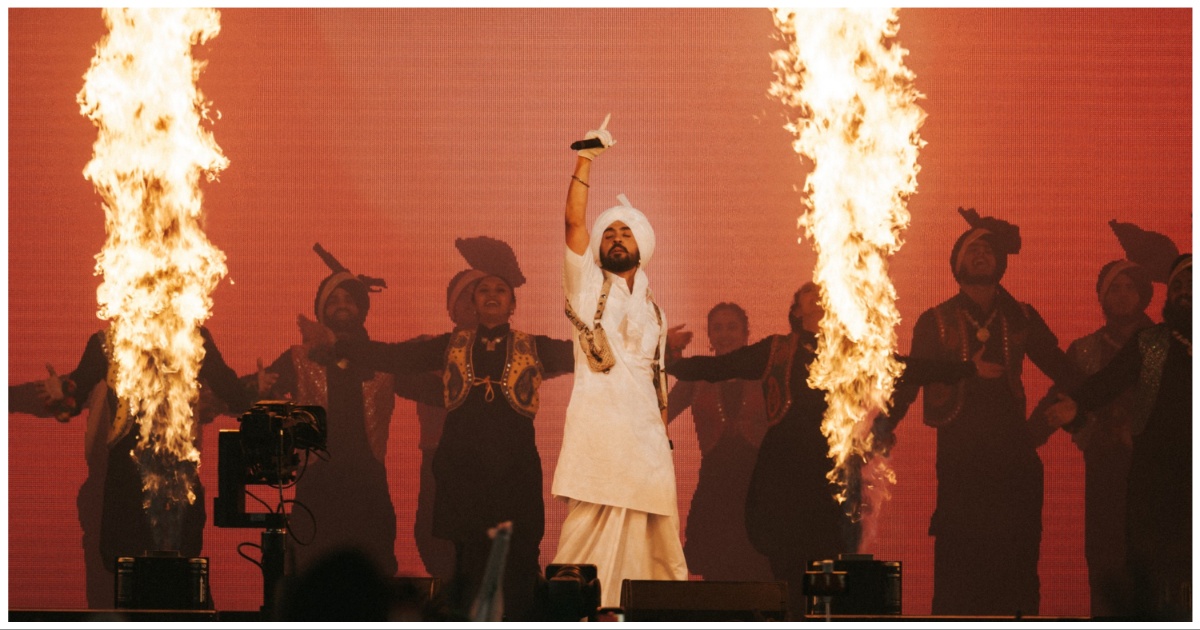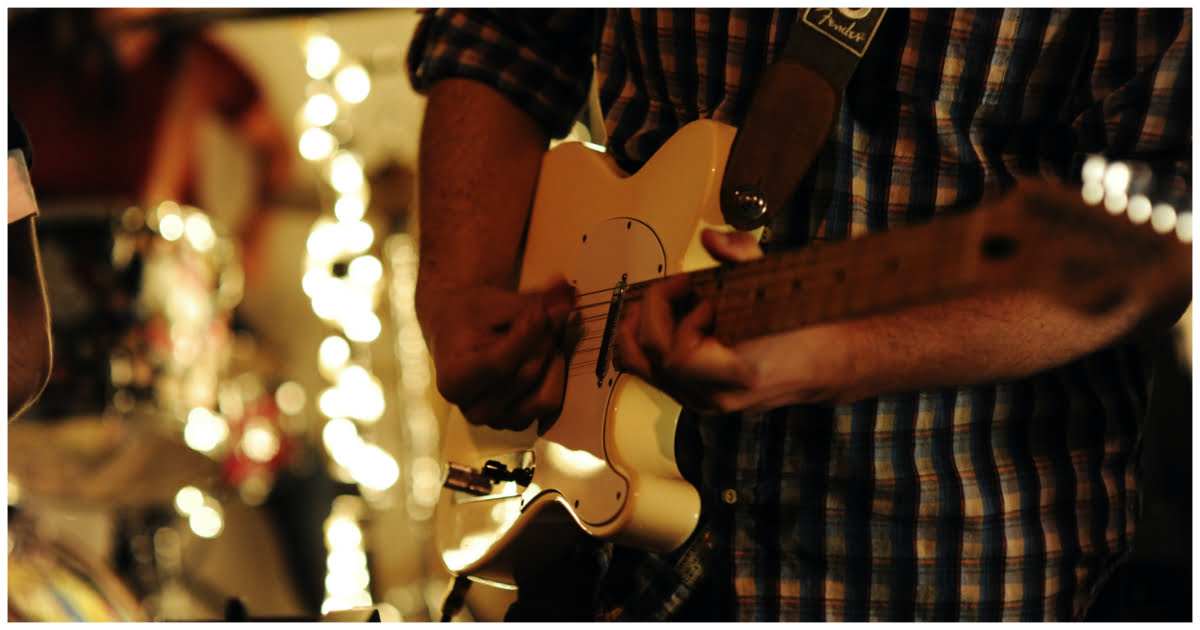The Dilruba, also known as the esraj, is a string instrument that originated in North India about 200 years ago. It is highly popular for its unique resonance, resembling that of the Sarod and Sarangi. The name Dilruba translates to “robber of the heart,” which speaks to the instrument’s captivating sound.
Origin and history
The Dilruba has a fascinating history. It was created by the 10th Sikh Guru, Guru Gobind Singh, to replace the heavy Taus, a similar string instrument. The Taus was too cumbersome for the Sikh army to carry on horseback, so Guru Gobind Singh designed the Dilruba, which was a scaled-down version of the Taus. It quickly gained popularity, especially in religious music, Zand, and light classical songs in urban areas.
Also Read: Langas and Manganiars of Rajasthan
Structure and sound
The Dilruba has a medium-sized sitar-like neck with 20 heavy metal frets. It has more sympathetic strings and a differently shaped body than the esraj, but they both have four main strings that are bowed. All strings are made of metal. The soundboard is a stretched piece of goat skin similar to what is found on a sarangi. Some Dilruba instruments have a gourd affixed to the top for balance or for tone enhancement.
Decline and revival
The Dilruba had been declining in popularity for many decades, and by the 1980s, it was almost extinct. However, the rising influence of the “Gurmat Sangeet” movement brought it back into the limelight. This movement sought to revive traditional Sikh music, which includes the Dilruba. As a result, the instrument is once again attracting considerable attention, and musicians are rediscovering its unique sound.
Overall, the Dilruba is a fascinating musical instrument that originated in North India and has a unique history. Despite its decline in popularity, it is making a comeback thanks to the efforts of the Gurmat Sangeet movement. Its captivating sound makes it a popular choice in religious music, light classical songs, and urban areas. The Dilruba is a prime example of how cultural instruments can be revived and enjoyed for generations to come.




